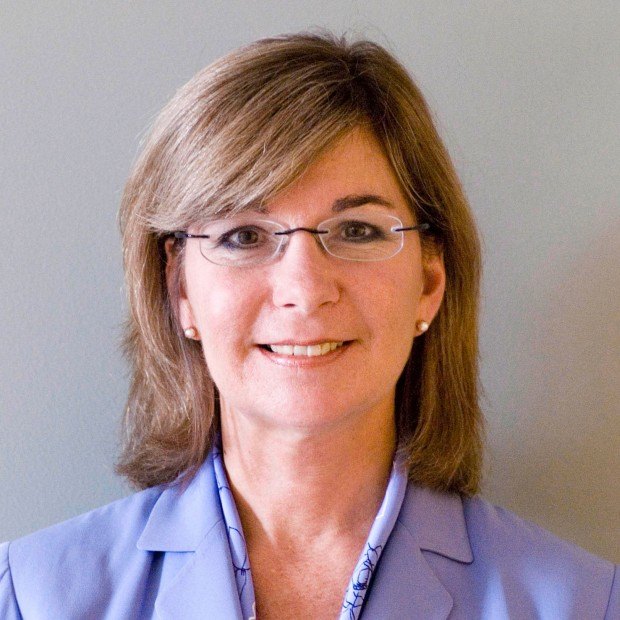Karen Clark & Co. (KCC) on Tuesday announced that RiskInsight, the open platform for catastrophe risk management, is now a fully probabilistic loss estimation tool capable of generating exceedence probability (EP) curves, probable maximum losses and average annual losses.
RiskInsight provides all of the risk metrics of a traditional catastrophe model plus the unique characteristic event (CE) loss estimates, the company said.

“RiskInsight is more advanced than the vendor models because it’s an open platform, meaning the components are fully transparent and customizable by the user,” said KCC CEO Karen Clark. “RiskInsight is also the only modeling platform that gives companies CE loss estimates for selected return periods—the flip side of what they get from the EP curves.”
Locke Burt, president of Security First Insurance Co., said that “RiskInsight is the only modeling platform that can give us complementary views of risk—the probability of exceeding a certain loss threshold and estimated losses from a hazard perspective for 100- and 250-year events. Seeing both sides of the equation enables us to optimize our portfolio while carefully monitoring our exposure concentrations. This means we are able to maximize profitability and minimize the chances of surprise losses.”
RiskInsight includes global mapping capabilities, exposure analytics, data scoring and an industry database of detailed property exposures that can be used to estimate industry losses and individual company market shares of loss. The platform is already being used by top 10 P/C insurers and global reinsurers.
With the new capabilities, RiskInsight is now being used for pricing both individual policies and portfolios of policies. Because RiskInsight is an open platform, it can help companies build their own proprietary views of risk required by boards of directors, regulators and rating agencies.
“With the vendor models, users don’t have direct access to the model assumptions so they can only infer what’s inside the box and build their proprietary views using rough levers to adjust and manipulate the model output—an inefficient, brute force process,” said Glen Daraskevich, senior vice president of KCC. “Because users can directly access the assumptions in RiskInsight, they can build their proprietary views much more efficiently and scientifically.
RiskInsight includes intensity footprints for dozens of historical events so users can conduct detailed “what if” analyses on current exposures. The platform makes it easy for companies to track hurricanes in real time and superimpose the wind speeds on their exposures to estimate the potential losses. After an event, companies have the necessary data to conduct detailed claim analyses and customize damage functions to better reflect the vulnerabilities of the properties in their portfolios.
Frequency and severity assumptions reflecting near-term views of risk can be easily tested in RiskInsight. For example, users have access to the frequency assumptions so they can build their own near-term hurricane models based on the latest research without having to wait for the vendors to release new versions.
RiskInsight is already being used in the ILS market, and brokers can use the platform to provide higher value add services to their clients.
“Companies have asked us how RiskInsight compares to RMS(one),” Daraskevich noted. “The RMS(one) platform is designed to provide one-stop access to additional vendor models so companies can do more blending of third-party models. RiskInsight is designed for companies that want direct access to the model assumptions so they can customize and build their own proprietary models using their own internal expertise and external experts of their choosing. Along with being open and fully transparent, RiskInsight provides a very high benefit to cost ratio and ROI.”
RiskInsight can be deployed in a wide variety of cost-effective configurations, including client-server, private cloud or KCC-hosted. An important advantage of the underlying distributed processing technology, RAPID, is that it provides API and Dispatch capabilities for global access.
“What’s most exciting about RiskInsight is how it enables much faster implementation of new science,” said Clark. “Under the old paradigm, users have to wait years for new scientific research to be incorporated into the catastrophe models. RiskInsight empowers users to test and implement new science and data as soon as it’s available. This greatly enhances understanding of the risk and creates significant competitive advantage.”





















 Rebuilding Negotiation Talent: Why This Skill Is Missing and How to Fix It
Rebuilding Negotiation Talent: Why This Skill Is Missing and How to Fix It  The Future of Knowledge in Insurance: From Training to AI-Powered Productivity
The Future of Knowledge in Insurance: From Training to AI-Powered Productivity  Berkshire Hathaway Announces Leadership Appointments: New CEO at GEICO
Berkshire Hathaway Announces Leadership Appointments: New CEO at GEICO  Chubb, The Hartford, Liberty and Travelers Team Up on Surety Tech Co. Launch
Chubb, The Hartford, Liberty and Travelers Team Up on Surety Tech Co. Launch 









